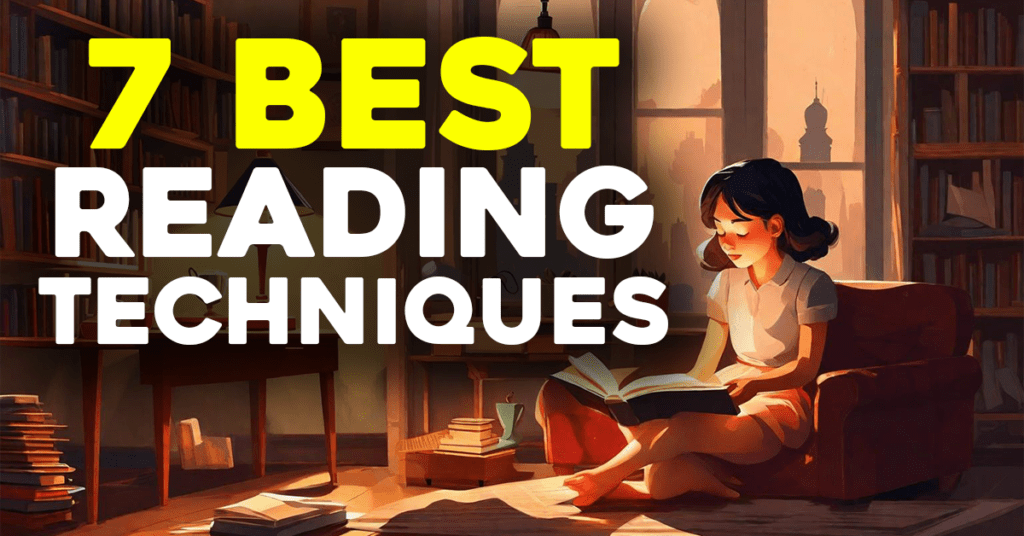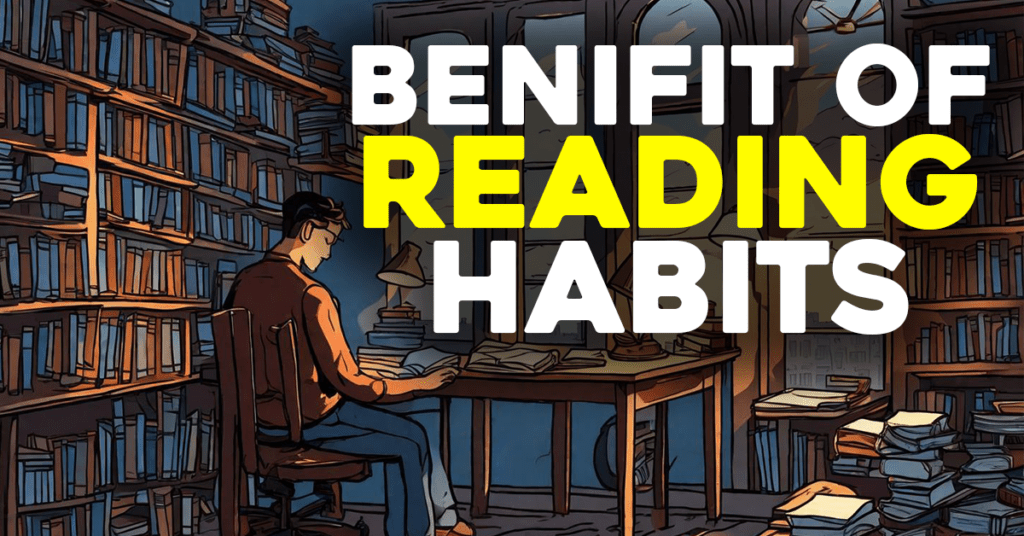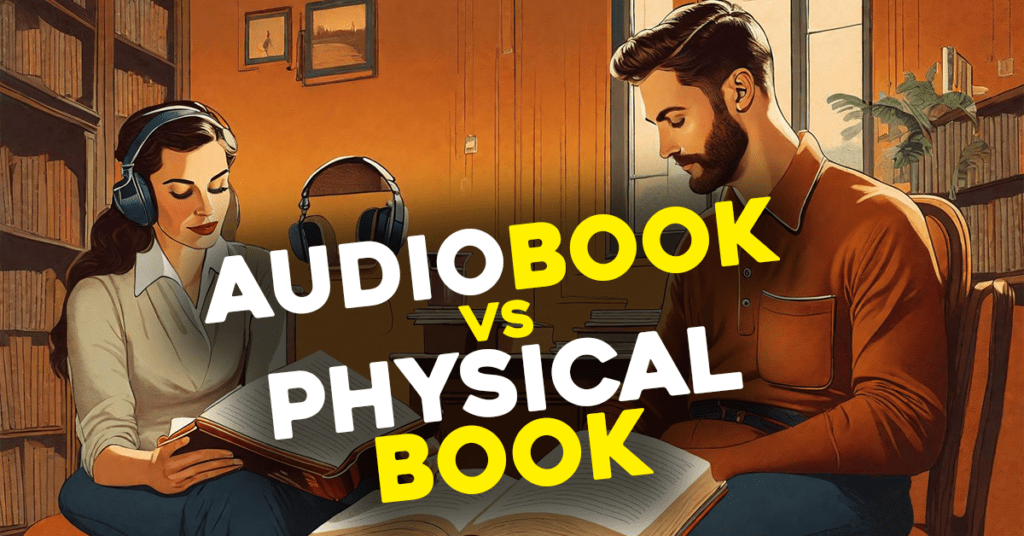Since it is, reading isn’t something you flip through the pages at; but something that embeds inside of your mind and stayed as long time could be recorded. Better reading skills are part of the essential skillset whether you are a student, professional or simply improving your knowledge. In this post, we will discuss seven powerful methods to supercharge your reading. – Reading Techniques
Introduction
You know when you read and feel like absolutely none of it is sticking? Maybe you’re just not reading your to-read list as much or in the best way? You’re not alone. Of all tools in our arsenal required for acquisition of this critical commodity knowledge, is that to read effectively. In this blog post we are going to teach you how to read most effectively using techniques that will improve both your comprehension and retention. Together, we are going to solve this riddle and read not only faster…but better!

1. Active Reading
Engage with the Text
- Underlining and highlighting: Carry a pencil or highlighter. That is one way of making your reading interactive and since it marked the text, you have etched certain details in to your memory.
- Asking questions: Be curious. Asking “Why?” or “How?” deepens the more you read.
- Review sections: Reread. pauses for you(mentally) and quickly repeat what did I just read. It consolidates information.
Enhance Understanding
- Make connections: As you read what I means, link it to that which has already been taught or another situation from real life.
- Examples : Guess what follows based on the information presented in a data and provide your prediction. That or at least makes one reads as if they were doing an investigation of sorts.
- Picture information – Create visual images when reading through or picturing the process. This is very useful especially when you are trying to explain abstract concept.
Reinforce Memory
- Teaching the content to someone else: Explaining what you’ve learned is a surefire way to cement that knowledge.
- Writing margin notes: Jot down insights or relate the content to personal experiences.
- Creating mind maps: A visual summary aids recall and understanding tremendously.

2. Skimming and Scanning
Quick Overview
- Skimming and Scanning Difference: Skim to get the general idea, scan to find specific information.
- When to use each Skill: Skimming should be used on the preview, scanning for a research or when you are looking at something specific.
- Knowing How to Read the Room: Titles, Headings & other Visually Identifiable text are generally important stuff.
Effective Skimming
- Speed reading: Read the introduction and conclusion, along with each title of sections.
- First and Last Paragraphs: These will usually provide an overarching summary or takeaways.
- Looking at titles and topic sentences: This is the map of text.
Mastery of Scanning
- Seeking only specific information: glance through the text until you locate what is necessary.
- Index and glossary: Locate all pages, pointing you to any subject in the book!
- Accelerating your reading: improves with practice. Scanning is faster the more you do it.

3. Critical Reading
Develop Critical Thinking
- Critical think about arguments and evidence: Remember, not all info is good_info Examine citations, credibility and evidence of support for arguments.
- Fact VS Opinion- Impotant skill in this Information age
- Noticing biases and prejudices which Every author has a viewpoint When you know it, then it make sense their intention.
Interpreting Texts
- Structure & Style: The way a problem is presented has implications for how that piece of information will relate to the other itemsitsu-analyzing both).
- Getting into the author: Why this piece was written. Example: If you know the answer to this question it brings more depth into your understanding.
- Drawing conclusions from and inferring: Read between the lines Read between the lines.
Application of Insights
- Generalizing: Take what you read and apply it in real life (or at least use to develop your opinion on new-time themes)
- Proper Criticism: A person who is well-read may provide intellectual comments and critiques of value.
- Intellectual conversations- Reading critically it is always ready you, equipped with some of the best texts to engage or even lead a conversation that will be vaguely enlightening.

4. Meta-cognitive Reading Strategies
Planning Your Reading
- Establish specific reading targets: what are you seeking to do within this studying consultation?
- Choosing appropriate texts: because not all texts are created the same. Choose wisely.
- Reading Time Budget: Find out how much time you require and see if it fits within that.
Monitoring Comprehension
- Pinpointing confusing sections: Cherry picking confusions Highlight it and check the other publications, or reread.
- Jump walking: Read faster at certain times, and read a bit slower in others.
- Rewrite for Clarity: At times only a read fills the void.
Evaluating Outcomes
- Reading goal: What are your thoughts and what did you learn from this incredible text?
- Reading efficiency – Could you read it better, faster?
- Method to your Reading Mastery: Even we offer personalized suggestions after you finish each text.

5. SQ3R: Survey, Question, Read, Recite, Review
Preparation: Reading Techniques
- Preliminary survey of the text: A brief overview to launch into our reading.
- Similarly, Read a heading and ask yourself questions: It sets your brain in looking for answers as you read on.
Engaged Reading: Reading Techniques
- Reading for understanding – in specific, you are asking a question and searching out an answer: This active way of reading leaves you with a purpose that keeps your focus on resolving the questions raised or created up in previous chapters.
- Repetition of key points: repition in aloud, by writing, helps to remember for long.
Reinforcement: Reading Techniques
- Review your text and the notes: doing a quick revision can highly increase it in you.
- Post Reading Questions: Check your understanding to know whether the information is sticking.
- Summary: Summarize the content in your own words.

6. Speed Reading Techniques
Understanding Speed Reading: Reading Techniques
- EARLIER: All You Need To Know About Speed Reading Basics and Myths – Forget about reading less part, it is more of a processStream Processing.netflix.com
- If speed reading pays off: Apply it to familiar topics or revision.
Techniques for Increased Speed: Reading Techniques
- Eliminating subvocalisation: The voice inside your head It can slow you down. Try to quiet it.
- Fixation points spreading: Learn how to see more words at the same time.
- If you’re using a speed reading app to practice. – Speed Reading apps are designed to train your eyes how quickly they need to move across many words on the screen
Balancing Speed and Comprehension: Reading Techniques
- Realistic Goal: Without comprehension speed is nothing.
- When to pause for effect: Slower pacing is needed with more complex or unfamiliar subject material
- Reading quickly in combination with other reading strategies: it is a power tool, not the ONLY tool.

7. Reading Digitally: Navigating the Digital Landscape
Adjusting to Digital Formats: Reading Techniques
- Scrolling vs page-turning, backlight vs paper glare; give each its tactics.
- Change eye movement and scrolling: Reading digitally is different you might need to use new methods for reading to reduce the strain and remember whatyou readICAST?
Enhancing Digital Reading Experience: Reading Techniques
- Tools and Apps for greater engagement: with technology on your side, get tools that give you annotations, definitions, translations at a click
- Reading settings that allow you to adjust brightness, font size and contrast for comfortable reading.
Combating Digital Distractions: Reading Techniques
- How to Stay Focused: Use a tool or method that blocks out distractions—work in full screen, use website blockers.
- The key to balanced digital/print reading ratio – each have its own virtues. Combine both of these to enrich your reading ritual.

Conclusion of Reading Techniques
Mastering these reading techniques offers a path to not just faster reading, but smarter and more effective reading. By integrating multiple approaches, you can tailor your reading strategy to fit the text in front of you. Remember, there is no one-size-fits-all technique; experimentation is key to finding what works best for you. Happy reading!
FAQs
What are the best reading techniques for students?
Active reading and SQ3R are particularly effective for academic texts.
How can I improve my reading speed and comprehension?
Practice speed reading techniques, but always balance speed with comprehension.
Are there any tools that can assist with active reading?
Yes, many e-readers and reading apps have built-in tools for annotations, highlighting, and even generating questions.
How can I make reading a more engaging experience?
Incorporate techniques like visualization and relating content to personal experiences.
What strategies are effective for reading academic texts?
Critical reading and meta-cognitive strategies are particularly beneficial for deep engagement with complex material.
Check Out The Sources
Check Out More



